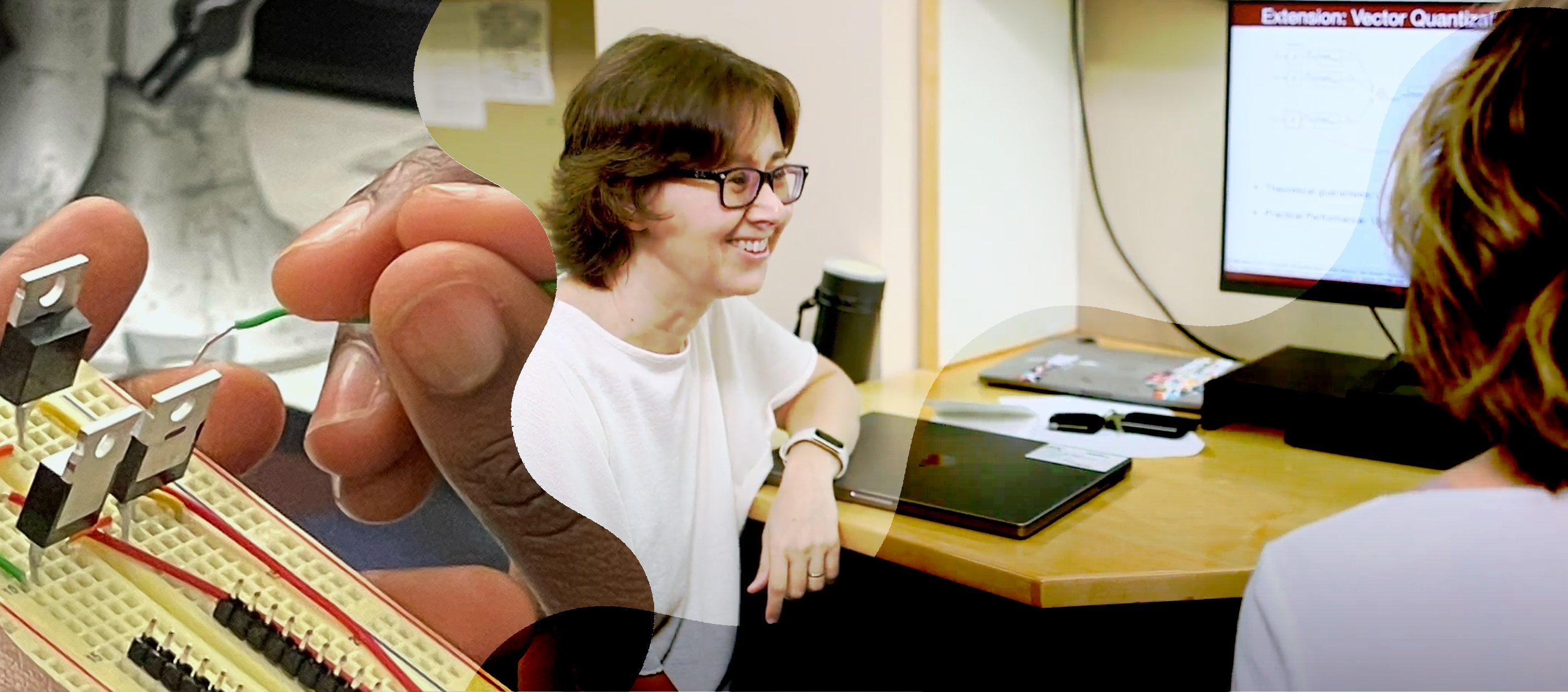
Extracting or recovering useful information while reducing unwanted noise can be achieved using sophisticated mathematical methods and computation to process signals (audio, video, electromagnetic, biomedical, remote sensing, multimedia, fiber optics, and others). Optimal design and engineering systems operation methodologies enable the understanding, design, and control of systems (integrated circuits, vehicles and autopilots, energy systems (storage, generation, distribution, and smart devices), wireless networks, financial trading, and others). Together, these approaches are foundational for observing, estimating, learning, and fitting signals and for controlling on optimizing systems. In addition to using theoretical analyses and systematic experiments to study the underlying principles, we often build real-time test beds and prototypes to validate and demonstrate our ideas. Applications include multimedia compression, communications, networked media systems, augmented and virtual reality, remote sensing of Earth and other plants, neuroscience, compact descriptions for visual search,, sensors for driverless cars, biomedical systems, signal processing for neuroscience languages and solvers for convex optimization, distributed convex optimization, robotics, smart grid algorithms, learning via low rank models, approximate dynamic programming, methods for sparse signal recovery, dynamic game theory, control theory, decentralized control, and computational imaging and display.
| EMERITI FACULTY | ||
|---|---|---|
| John Cioffi | Bernd Girod | Andrea Goldsmith |
| Joe Goodman | Dwight Nishimura | Bernie Widrow |
| ALL FACULTY | |
|---|---|
| Signal processing and control - View all associated faculty | |
| COURTESY FACULTY | ||
|---|---|---|
| Emmanuel Candes | Amir Dembo | Shaul Druckmann |
| Sigrid Elschot | Grace X. Gao | Madeleine Udell |